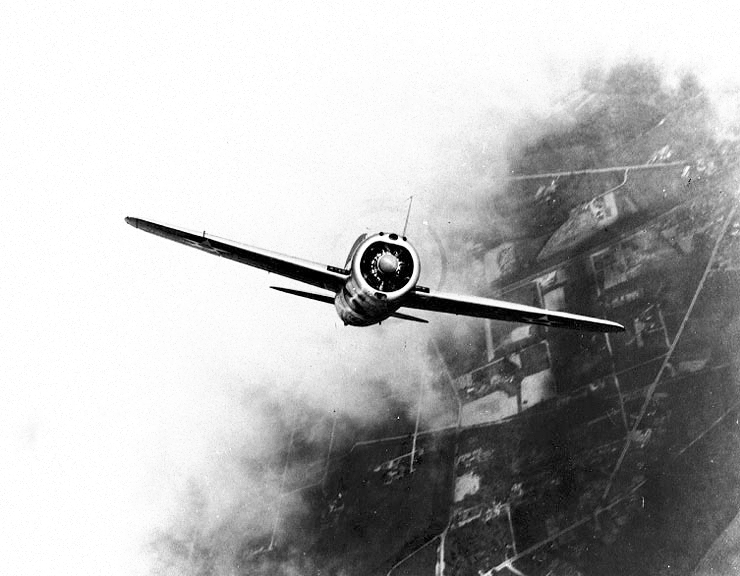Greg Boeser
1st Lieutenant
Here is an article about the Buffalo in Finnish service.
It is baaad!

 militaryhistorynow.com
militaryhistorynow.com
It is baaad!

Nordic Buffalos — How An Obsolete U.S. Navy Fighter Found a New Lease on Life in Finland's War with the Soviets - MilitaryHistoryNow.com
“Despite their superiority in numbers and their losses, the Soviet’s never gained air superiority. That belonged to the Finns.” By Marc Liebman BY THE END of the Russo-Finnish War in March 1940, military planners in...
